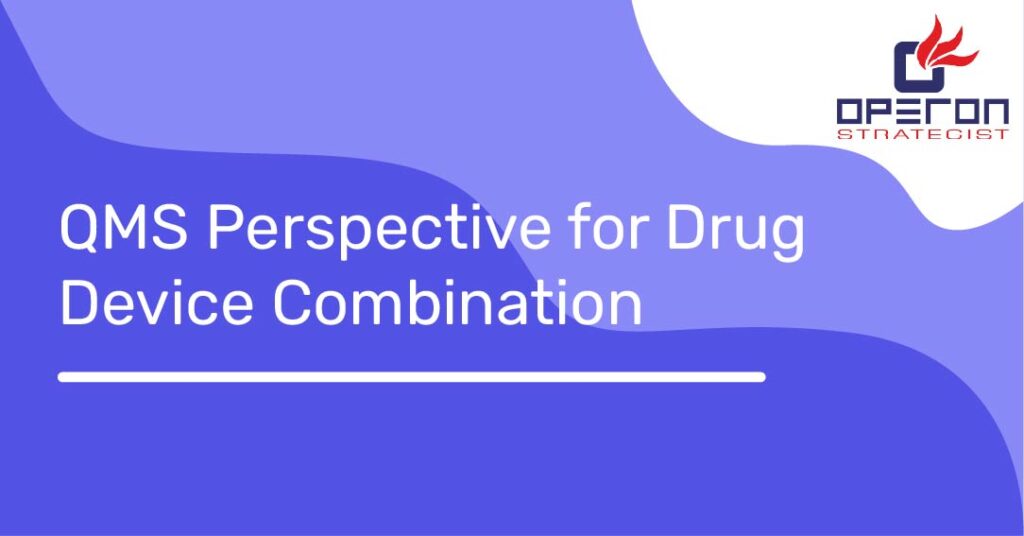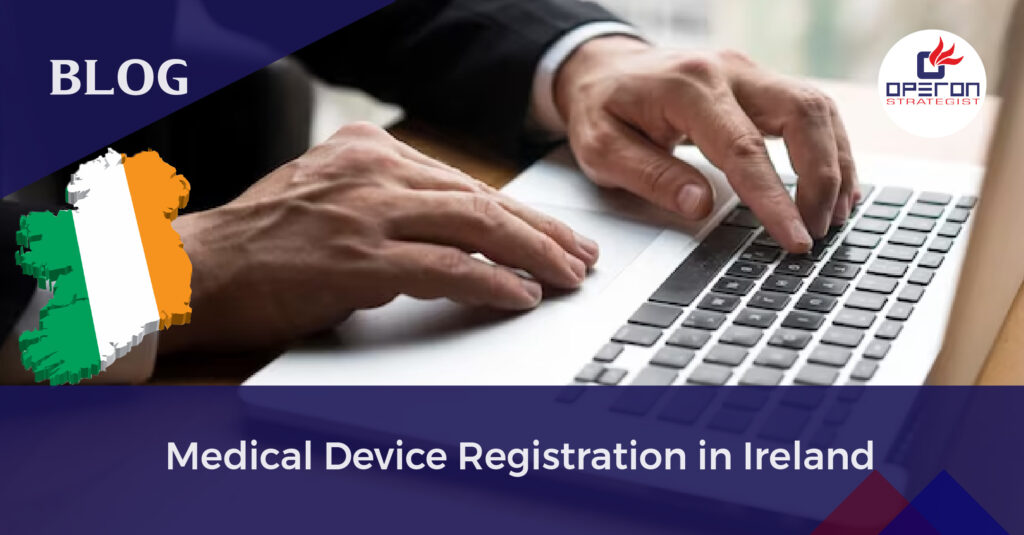To begin with, we will first understand QMS. Quality Management system is a structured process and procedure which covers all aspects of designing, manufacturing, structuring, risk management, product labeling, clinical data, storage and more. This Article explains QMS perspective for drug device combination for a manufacturing company. Combination product regulated by FDA Guidance. Combination product means products which are combining drugs and devices such as pre-filled syringes, catheters with antimicrobial coatings, infusion pumps etc. ISO 13485certification is mandatory and is globally accepted by different regulations. Whether you are looking to operate internationally or expand locally. ISO 13485 Certification can help you improve overall performance, eliminate uncertainty, and widen market opportunities.
The medical device manufacturer should follow the two-quality system requirement:
- ISO13485
- US FDA (21CFR part 4)
FDA combination product definition says that, combination of product means combination of drug with any device, also component of combination product is regulated by different chapters of CFR, to avoid confusion for manufacturer FDA released 21CFR part4 which clarifies the idea about the components needs to be included. For the drug device we can say that, these are the tools for the delivery of drugs. Due to rapid developments in combination products a number of opportunities for technological advancement have come up. The need of this combination product is to make treatment safer, more effective for patients. In simple words these products are comprised of two or more FDA regulated components, one more thing to understand is that product consist from same class are not considered to be combination product. During the development of combination product, product has their own regulatory requirement. QMS is necessary for the companies to achieve their goals.
The Pharma industry perspective represents the level of QMS requirement for MDR 2017/745 which would be applicable to Pharma industry designing, manufacturing, developing and marketing Drug device combination products. There are certain quality requirements in MDR that,
- DDCs should get registered as medicinal products
- Need to check proper understanding between PQS (Pharmaceutical Quality System) and medical Device QMS aspects.
- . The understanding and implementation of ISO13485makes QMS easy for pharmaceutical companies to design, manufacture, develop, and distribute DDCs if we understand the MDR requirement. ISO 13485 implementation is necessary to build trust among the customers as they believe the ISO registered companies have good Quality management system.
Pharmaceutical quality system (PQS) and other relevant quality systems such as US-FDA 21 CFR part 4 clarify and make easy implementation of MDR requirement for QMS. In the US, companies must comply with FDA’s Quality System Regulation (QSR), which can be found in 21 CFR Part 820. However, the FDA enforces that compliance through formal inspections, so it’s essential that your QMS is prepared to withstand scrutiny at all times. In Europe, ISO 13485 is the standard that manufacturers follow when implementing their QMS.
QMS perspective for drug device combination and challenges:
Regulations play crucial role for drug device combination as drugs are regulated by act 21CFR210/211 whereas medical devices are regulated by the act 21CFR 820, Human cells, tissues/Ps by 21 CFR1271 etc. For the commercialization of product, it is necessary for the organization to harmonize their product development with Quality management system. There is no clear explanation neither from MDR2017/745 nor from medical product directives for human use which can give a clear idea to reader about which requirement of MDR would or would not apply to device when combined with medical product.
- Regulatory changes: due to the change in regulations and updating of certain norms, it is difficult for the manufacturer to understand them and to implement them soon. After January 2013 many drafts guidance has been introduced including EUMDR
- In the field of medical devices and combination product many different definitions exist, these can be confusing for the customers. To market the product, it is very important to understand the terms and definitions so that the development team can work smoothly.
- Different countries have different regulatory and approval process so it is necessary to understand the standard of that location in which combination product to be launched.21CFR part 4 clarifies CGMP their duties.
21CFR part 4 covers the regulation of combo product this section indicates, that
- If you are a drug company, you have to implement certain section 21CFR820
- If you are medical device company, you only have to implement certain section of 21CFR 210/211.
QMS focuses on safety of a people for which manufacturer should consider few factor. For most of the manufacturer tricky and confusing question can be arises that which regulatory requirement needs to be applied for the final combination product, to reduce this burden of manufacturer FDA streamlined the approach under 21CFR 4.
To summarize this, we can say that the manufacturer should actively develop and implement an effective quality system for their final product. this should start from the early stage of product development so that the regulatory requirement is met.
An effective Quality management system meets customer expectations Implementation of QMS brings the effective and result oriented quality services for the organizations. Medical device sector is rapidly growing, Drug device combinations products needs to monitor during regulatory approvals to ensure high safety standard.
- adminhttps://operonstrategist.com/author/admin-2/
- adminhttps://operonstrategist.com/author/admin-2/
- adminhttps://operonstrategist.com/author/admin-2/
- adminhttps://operonstrategist.com/author/admin-2/



